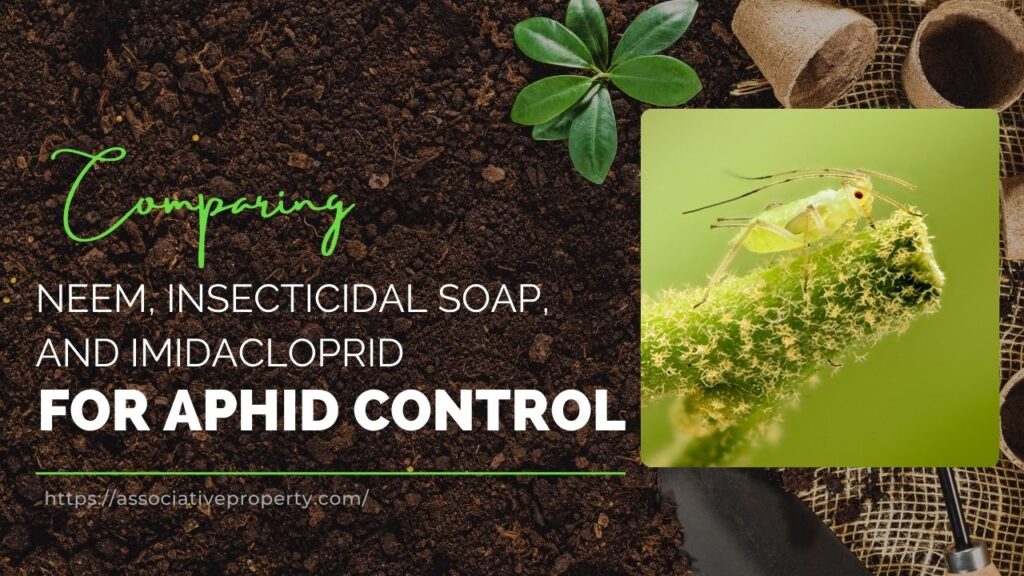Trust me, if your cabbages or anything from the brassica family (like broccoli, cauliflower, kohlrabi, brussels sprouts) are getting chewed to death by cabbage worms, this blog is for you.
I actually heard from many of you in the comments, saying you’ve stopped growing brassicas altogether because of the worm problem. I’ve been there. But I promise, your problems end today.
Organic Cabbage Worm Control Methods
| Method | Effectiveness (%) | Time to Results | Reapplication Frequency | Cost (Approx.) | Notes |
|---|---|---|---|---|---|
| Floating Row Covers | 95–100% | Immediate (Prevention) | N/A (Install once) | $15–$30 per 6×20 ft | Best for prevention; reusable for years |
| Trichogramma Wasps | 70–85% | 7–10 days | Every 1–2 weeks (seasonal) | $15–$25 per release | Works better in warm climates |
| Thyme (Companion Planting) | 60–70% | Varies (Repellent) | Seasonal/perennial plant | $3–$6 per plant | Works best with dense planting |
| Red Cabbage Variety | 40–60% | Prevents egg-laying | None (crop choice) | Same as other seeds | Works mainly for red cabbage only |
| Handpicking Worms | 60–75% | Immediate | Daily/Weekly | Free | Labor-intensive but effective |
| Cornmeal Application | 65–80% | 1–2 days | After rain or watering | ~$1–$2 per use | Natural but less studied method |
| BT Spray (Bacillus thuringiensis) | 85–95% | 24–48 hours | Every 7–14 days | ~$10–$20 per quart | Organic-approved; avoid spraying during wind |
Without any delay lets begin to know how to kill cabbage worms!
Recognizing the Enemy
There are four types of worms that go after brassicas, but the most common culprits are:
| Worm Type | Description |
|---|---|
| Cabbage Loopers | Green caterpillars that loop as they move |
| Cabbage Whites | The little white butterflies we all see flying around |
Now, you might think butterflies are pretty, but I’ve come to hate those white ones. Every time I see them, I know trouble is coming. And sure enough, you’ll start to see holes in your cabbage leaves, or even entire leaves chewed down to the stem.
Here’s what’s really happening:
- Those butterflies are laying eggs on the underside of the leaves.
- The eggs hatch into worms that devour your plants, often completely.
They’re not easy to spot either, they’re camouflaged and love hiding underneath the leaves. Sometimes you might see their poop before you ever see them.
Prevention First
Like I always say, prevention is better than cure. So before you go hunting for worms, here’s how I prevent them from showing up in the first place.
1. Floating Row Covers
This is the only guaranteed method I’ve found that keeps cabbage worms out 100%.
- Put the covers on right when you plant.
- Make sure the leaves are free of eggs beforehand.
- Pin down the edges so butterflies can’t sneak underneath.
If you do this, you’re good to go.
2. Parasitic Wasps (Trichogramma)
I get it, row covers aren’t everyone’s style. I don’t love how they look either.
So here’s another option: Trichogramma wasps.
- They don’t sting humans.
- They’re tiny but effective, they eat the eggs of cabbage worms.
- Not 100% effective, but definitely helpful.
3. Companion Planting with Thyme
There’s one herb I swear by when it comes to repelling cabbage butterflies: thyme.
- Plant it around your brassicas.
- It helps keep the pests away naturally.
4. Grow Red Cabbages
Believe it or not, red cole crops like red cabbage can actually prevent egg-laying.
- Butterflies avoid red leaves, knowing their green caterpillars won’t be camouflaged.
- Works great for red cabbages—not guaranteed for broccoli, even the purple sprouting kind.
What If You Already Have Worms?
Okay, so prevention didn’t work, or you didn’t know better before planting. I’ve got three go-to methods for getting rid of cabbage worms once they show up.
1. Handpicking
Good old-fashioned manual labor.
- Look under the leaves and pluck the worms off.
- Works best when plants are young (seedlings or transplants).
- Got chickens? They’ll love this snack.
2. Cornmeal Trick
This one’s interesting and effective:
- Wet the leaves and sprinkle cornmeal.
- Worms ingest it and it kills them from the inside by expanding.
3. BT Spray (Bacillus thuringiensis)
Now we’re talking serious stuff.
- BT is a bacteria that targets chewing worms like cabbage worms.
- Totally harmless to humans and considered organic.
- Works within 24–48 hours, often almost immediately.
Here’s how I apply it:
| Ingredient | Quantity |
|---|---|
| BT (Bacillus thuringiensis) | 1 tablespoon |
| Water | 2 gallons (sprayer) |
| Neptune’s Harvest Fertilizer (optional) | A splash—either fish & seaweed or tomato & veg formula |
- Mix it all up in your sprayer.
- Spray the top and bottom of leaves.
- Repeat every 1 to 2 weeks.
And boom, you’re feeding your plants while destroying the enemy. Like I always say, kill two birds with one stone… or in this case, kill worms while feeding your crops.
Real Results
I used BT on my brassica beds about two weeks ago. The older leaves still show signs of damage, but all the new growth is nearly flawless. That’s how you know it’s working.
I’m about to spray again today, just to stay ahead of the game. Consistency is key, once every two weeks keeps the worms away.
Final Thoughts: Don’t Be Afraid to Grow Brassicas
I want you to feel confident growing cabbages, broccoli, and all their cousins again.
If you’re in a mild winter climate like me, go ahead and get those transplants in now. If you’re in a colder climate, wait just a little longer, brassicas are frost-hardy, so you can plant them a little before the last frost. Use the Farmer’s Almanac to figure out your last frost date and plan from there.
I really hope this helps you feel ready and excited to grow your brassicas again without fear. Got questions or tips of your own? Drop them in the comments.
Until next time – Happy Gardening!
FAQs: How To Kill Cabbage Worms
1. Can cabbage worms harm humans if we eat them by mistake?
Not really. Accidentally eating a small cabbage worm won’t hurt you, but it’s definitely unpleasant. It’s more of a hygiene and food safety issue than a health risk. Always wash your produce carefully and inspect it before cooking or eating.
2. Are cabbage worms only found in cabbages?
No. They attack many brassica family plants like:
- Broccoli
- Cauliflower
- Kale
- Collards
- Brussels sprouts
- Kohlrabi
3. How do I know if cabbage worms are still active after treatment?
Check for these signs:
- Fresh holes in new leaves (means they’re still eating)
- Green droppings (frass) under leaves
- Look under leaves early in the morning or late in the evening; they hide from heat
4. Can I use neem oil to control cabbage worms?
Neem oil isn’t very effective on cabbage worms. It works better on soft-bodied pests like aphids or whiteflies. BT is a better choice because it specifically targets caterpillars without harming beneficial insects.
5. What time of year do cabbage worms show up?
They show up:
- In spring and late summer
- When the weather is warm and sunny
- As soon as you see those little white butterflies fluttering around
6. Will BT spray kill bees or ladybugs?
No. BT is very selective. It only affects pests that chew leaves like caterpillars. It won’t harm bees, ladybugs, or other helpful insects if applied correctly (spray early morning or late evening to avoid direct contact with pollinators).
7. How long do cabbage worms live?
The full life cycle from egg to butterfly is about 3–4 weeks, depending on temperature. But each female butterfly can lay up to 200 eggs, so infestations grow fast if you don’t act quickly.
8. Is it safe to eat cabbage that had worms in it?
Yes, just remove damaged parts, soak in salt water for 20 minutes to draw out any hidden worms, rinse thoroughly, and cook as usual. It’s common for organic gardeners to deal with a few chew marks here and there.
9. What can I plant next to cabbage to prevent worms naturally?
Related: 10 Easiest Herbs to Grow Indoors


